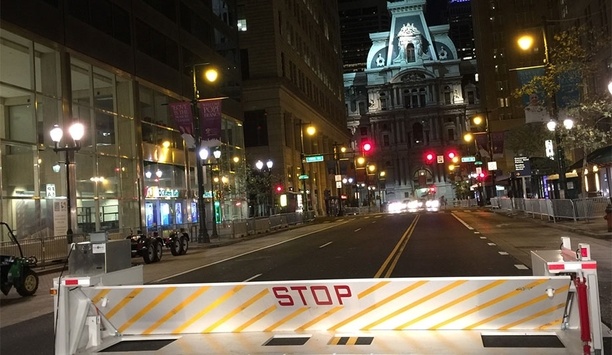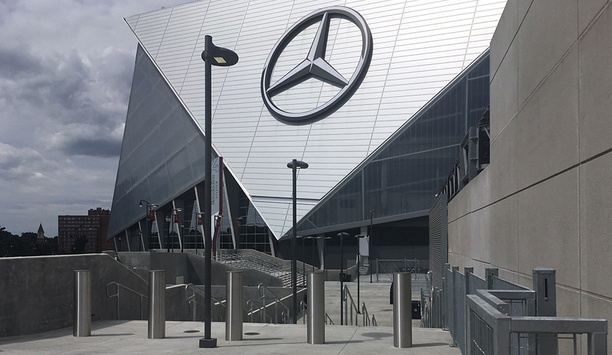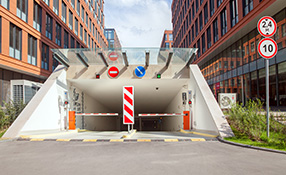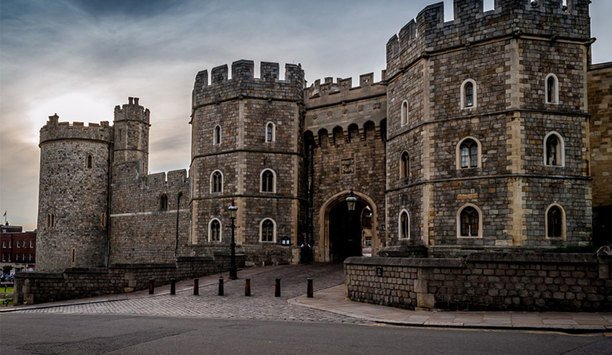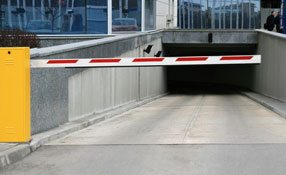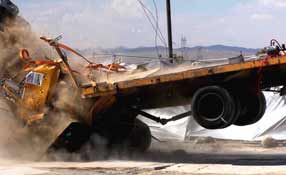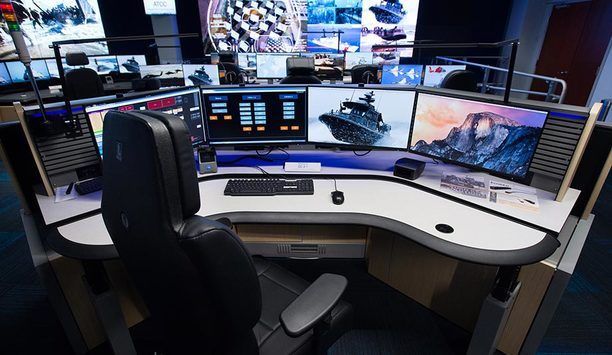On 19th December, 2016, the news exploded with information about a vehicle attack on a Christmas market in Berlin that killed at least 12 people and injured more than 50 others. Less than a month before, the US State Department had warned about such attacks in public places throughout Europe, saying that extremist groups including the Islamic State and Al Qaeda were planning to focus on such locales during the Holiday Season.
Two Types Of Vehicle Access Point
To stop these attacks, security professionals need to be cognizant of two different types of vehicle access point for such incidents to occur. The first would be in a location where the primary use is pedestrian but, frequently, vehicles need to pass through. An example could be a square in which the maintenance truck comes through to clean the square periodically. Other areas could be those locations with restricted parking. At a hospital, it may the entrance to the emergency unit. Such access points are well served by bollards, some moveable that go up and down to let vehicles through and others fixed or stationary.
The other access points are those that are temporary. At a stadium, traffic may need rerouting for sporting weekends. A hospital might be having an open house. In either case, sections normally open to traffic will be closed to create pedestrian paths and gathering points. However, these areas still have a need for delivery trucks and certain other authorized vehicles to enter. These locations are best protected with crash-rated portable barriers that erect in 15 minutes and are then removed once the event is over.
Bollards: The Most Used Permanent Solutions
Bollards are aesthetically pleasing and let pedestrians move between them in non-roadway applications. Bollard systems operate individually or in groups. They are used for intermediate level security applications. Individual bollards are up to 32 cm in diameter, up to 88.9 cm high and are usually mounted on 0.9-1.5 m centers. They are tested to stop and destroy an attacking vehicle weighing 4536 kg moving at 104 kph or a 9072 kg vehicle moving at 74 kph. Typically kept in the "up" position to stop traffic, moveable bollards can lower to allow vehicles through.
 |
| Terrorists typically don't go where they see barricades, so placing them wherever possible attacks can happen reduces security risks dramatically |
Ranging from faceted, fluted, tapered, rings and ripples, colors, pillars, to shields, emblems and logos, bollards look nice and are versatile. Buyers can specify ornamental steel trim attached directly to the bollard, or select cast aluminum sleeves, which slip right over the crash tube. Bollards can be galvanized for corrosion resistance, fitted with an internal warning light for increased visibility and engineered to suit high traffic volume. If damaged, simply slip off the old and slip on the new.
Fixed post bollards are available to secure the sides of roadways with the same crash rating and appearance as their moveable cousins. Versus cement barriers such as posts and pots, many entertainment locations prefer fixed post bollards for several reasons. First of all, when hit, cement posts and pots can explode, literally spreading shrapnel throughout the crowd, potentially creating numerous injuries. Shallow foundation bollards can be installed within sidewalks or on top of concrete deck truss bridges, as well as conform to the inclines and turns of a locale.
Temporary Barriers
By their very nature, terrorist attacks are unpredictable and predicated on surprise. Staying one step ahead by identifying vulnerable areas and securing them is critical to staving off vehicular attacks. That means being able to deploy security equipment in tough conditions, at a moment's notice. Such equipment has existed for several years in the forms of portable temporary barriers.
Terrorists typically don't go where they see barricades, so placing them wherever possible attacks can happen reduces security risks dramatically. Temporary barriers are often used to protect facilities while permanent ones are being built. Plus they've even been effective for the long-term where physical conditions preclude permanent solutions.
Staying one step ahead by identifying vulnerable areas and securing them is critical |
Their most common use, though, is for when vehicle access is required temporarily. Parking for a soccer game, a grand opening and open houses are temporary events needing only a temporary solution. These barriers can be deployed quickly and effectively, even in places where it's impossible to excavate for a permanent foundation.
Mobile Deployable Vehicle Crash Barriers
Moveable self-contained barricades can be towed into position to control vehicle access within 15 minutes. These mobile deployable vehicle crash barriers carry a M40 rating, stopping 13,608 kg vehicles traveling 64 kph. No excavation or sub-surface preparation is required. Once towed into position, the portable barricade uses DC-powered hydraulic pumps to unpack and raise and lower itself off its wheels. There is no hand cranking. Wheels are stored along the sides and the vehicle ramps fold out, completing the implementation. To move the barrier from that spot to another, the procedures are just reversed.
Protecting people from vehicle attack is no small responsibility; it's becoming mandatory. Knowing that you've got the right equipment in place to secure the event from vehicle threat and prevent what is becoming all too common human tragedy brings a peace of mind that no amount of money can buy. Carefully researching available options and consulting with experts will ultimately lead to the right solution in helping you protect your campus from vehicle-based terrorism.
Discover how AI, biometrics, and analytics are transforming casino security




